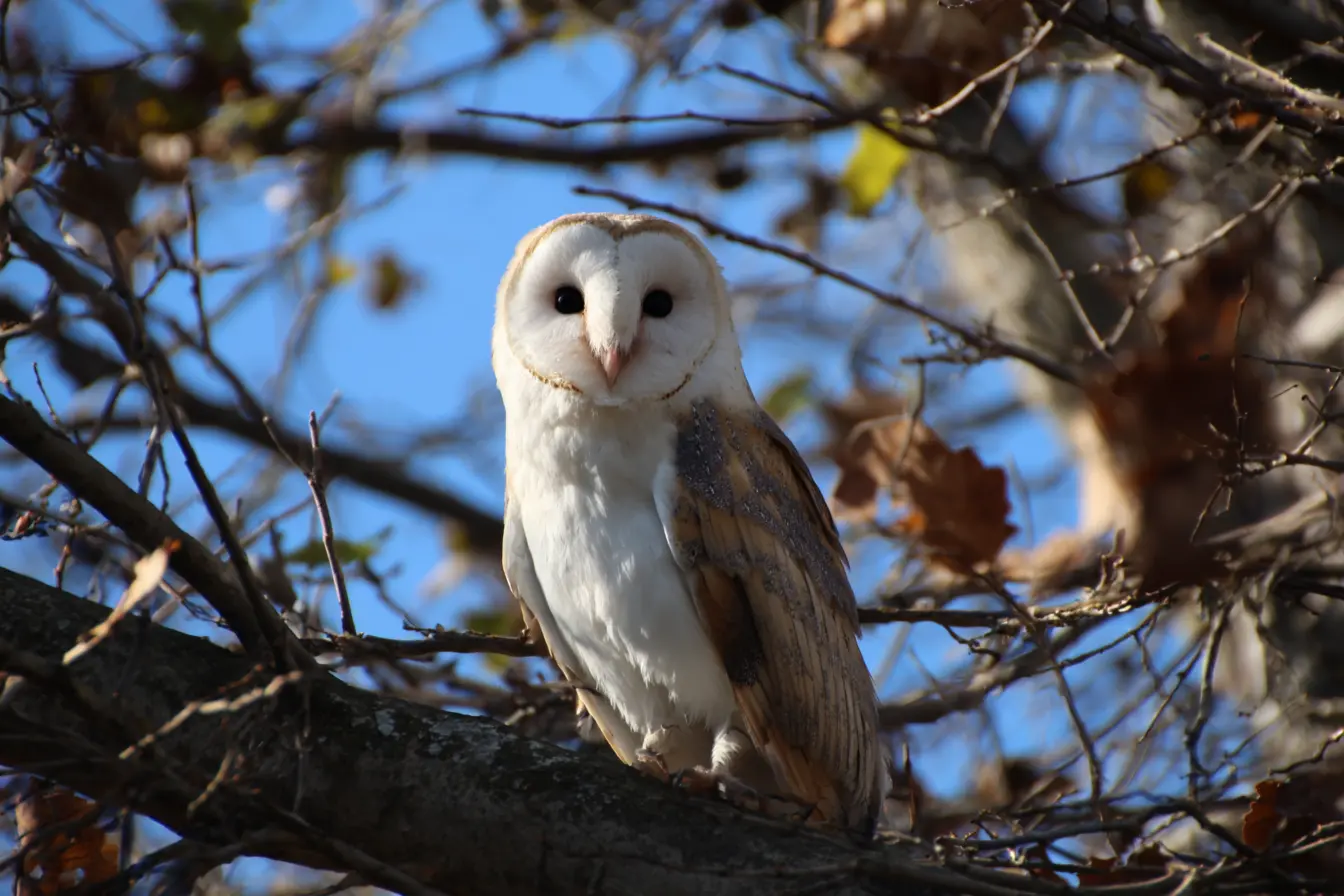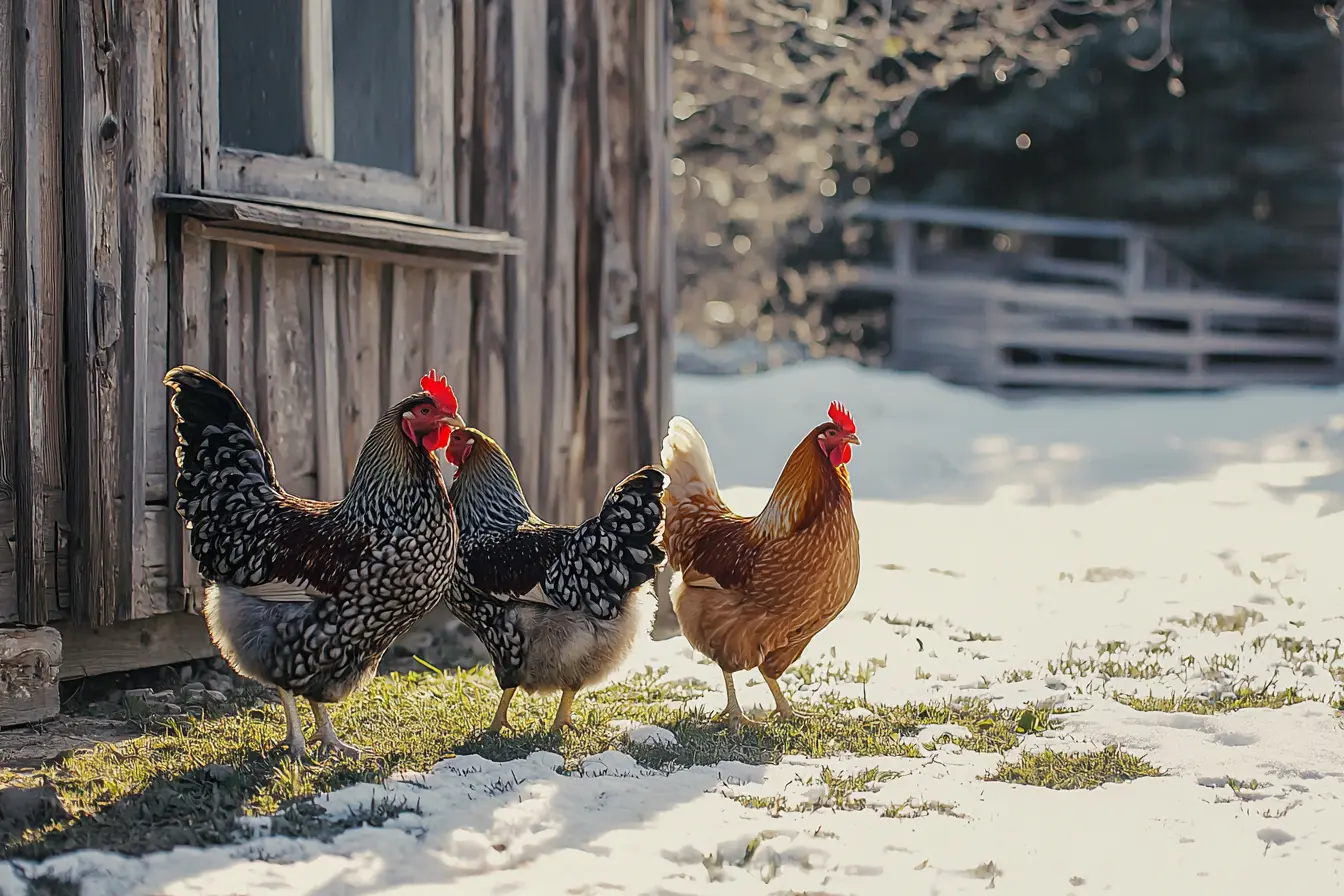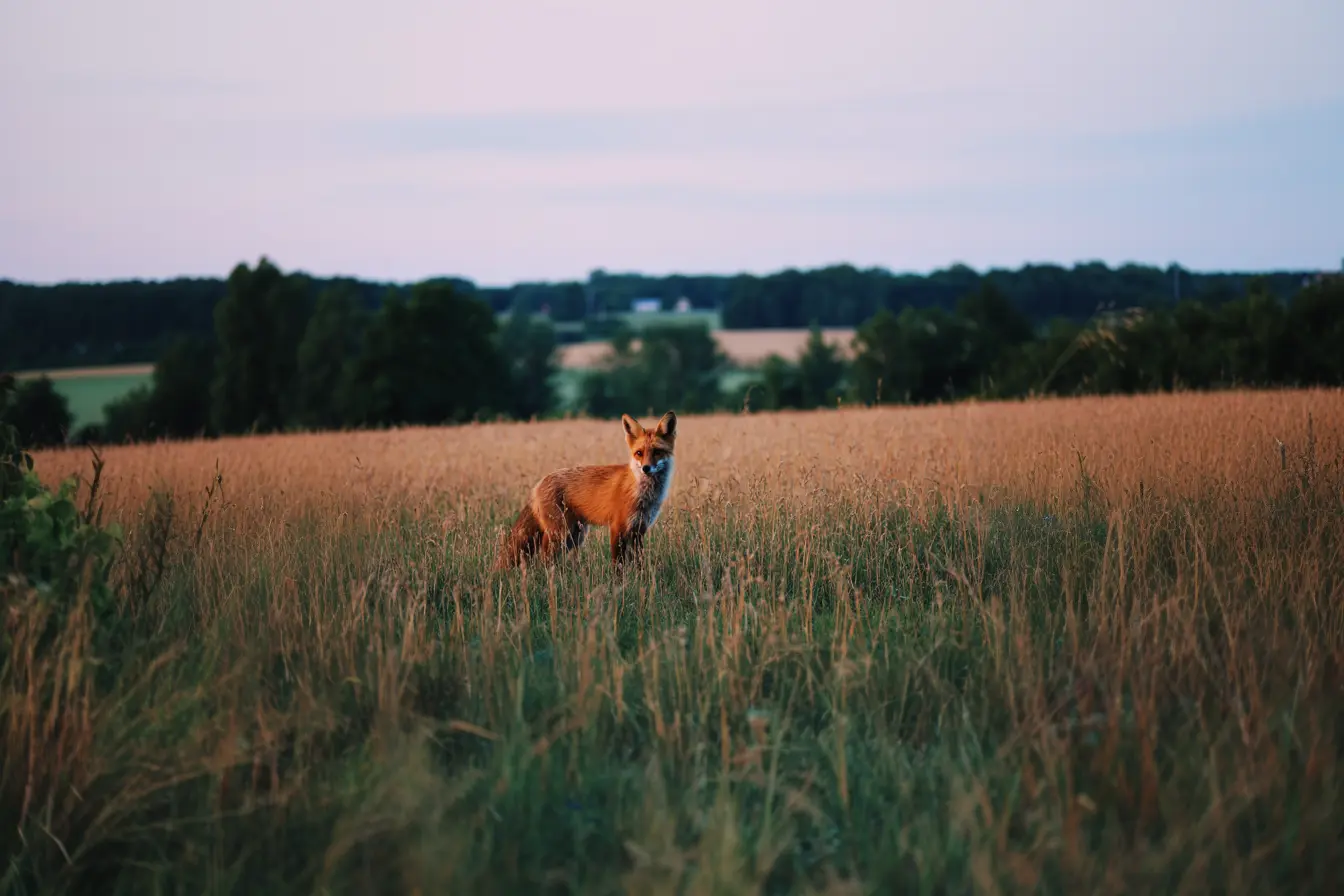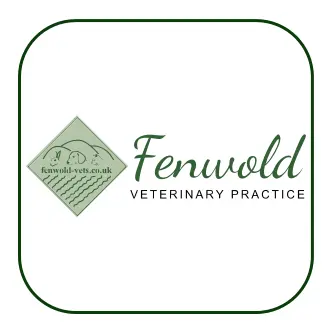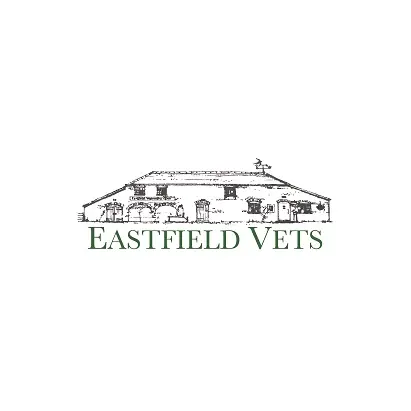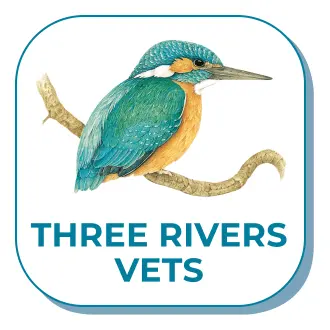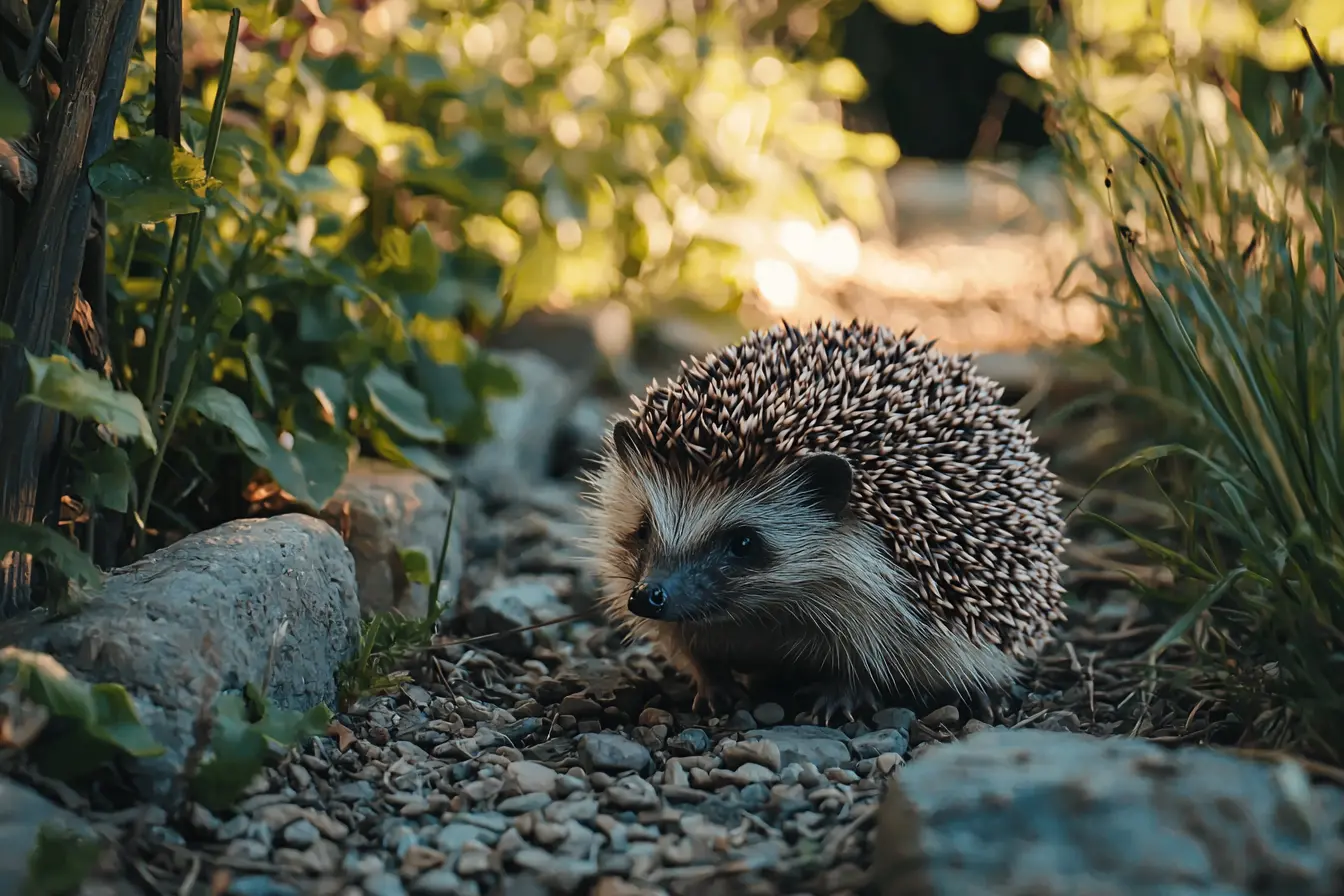
How to Encourage UK Wildlife into Your Garden or Land
The UK is home to a diverse range of wildlife, but habitat loss has put many species at risk. Whether you have a small garden or a large plot of land, creating a wildlife-friendly space can support local biodiversity and bring the joy of nature closer to home. This guide will walk you through everything you need to know to attract and support wildlife in your outdoor space.
Why Is Wildlife Important?
Wildlife plays a crucial role in maintaining healthy ecosystems, benefiting both the environment and humans. Encouraging biodiversity in your garden or land supports essential natural processes and contributes to conservation efforts.
Pollination and Plant Growth
- Bees, butterflies, and hoverflies pollinate flowers, allowing plants to produce seeds and fruit.
- Without pollinators, many food crops and wild plants would struggle to survive.
Natural Pest Control
- Hedgehogs, birds, and frogs eat common garden pests like slugs, snails, and aphids.
- Encouraging these animals reduces the need for harmful pesticides.
Soil Health and Nutrient Recycling
- Worms and insects break down organic matter, improving soil fertility.
- Fungi and bacteria recycle nutrients, promoting plant growth.
Supporting the Food Chain
- A healthy garden ecosystem provides food for species at all levels.
- For example, small insects feed birds, which in turn support larger predators like owls.
Climate Resilience
- Diverse plant life and wildlife-rich spaces help gardens withstand extreme weather.
- Trees and plants absorb carbon dioxide, reducing climate change impacts.
Personal and Mental Wellbeing
- Watching and listening to wildlife reduces stress and boosts mood.
- Green spaces improve air quality and encourage outdoor activity.
By making your outdoor space more wildlife-friendly, you're not just helping nature—you're also creating a healthier, more sustainable environment for future generations.
Provide Shelter and Habitat
Wildlife needs safe places to rest, breed, and hibernate. Creating a variety of habitats will attract different species.
Hedges and Shrubs
- Replace fences with native hedgerows (e.g., hawthorn, blackthorn, hazel, or holly) to provide food and shelter for birds, mammals, and insects.
- Leave shrubs uncut in winter to provide shelter for overwintering species.
Log Piles and Deadwood
- Create log piles or leave dead wood to provide homes for beetles, fungi, and small mammals.
- Place them in a shady, undisturbed area to benefit hedgehogs and amphibians.
Wildflower Meadows
- Replace part of your lawn with wildflowers like oxeye daisies, knapweed, and bird’s-foot trefoil.
- Wildflower meadows support bees, butterflies, and other pollinators.
- Cut them back once a year (late summer) to maintain the habitat.
Rock and Stone Piles
- A pile of stones or broken bricks can act as a home for amphibians, reptiles, and insects.
- Position it in a sunny spot for warmth-loving species like slow worms.
Ponds and Wet Areas
- Even a small pond can support frogs, newts, dragonflies, and birds.
- Make sure the edges are shallow so animals can enter and exit safely.
- Add aquatic plants (e.g., water mint, marsh marigold) to provide food and oxygen.
Offer Food Sources
Encouraging wildlife means providing a consistent food supply.
Plant Native Species
- Native plants support more insects and birds than exotic species.
- Examples: rowan, elder, wild cherry, ivy, honeysuckle.
Feed the Birds
- Use a variety of seeds, suet, and mealworms to attract different species.
- Ensure bird feeders are cleaned regularly to prevent disease spread.
- Plant berry-producing trees (e.g., hawthorn, rowan) for natural food sources.
Encourage Pollinators
- Grow nectar-rich flowers such as lavender, foxgloves, and buddleia.
- Avoid using pesticides and herbicides that can harm insects.
- Provide mud patches for solitary bees to build nests.
Hedgehog and Mammal-Friendly Gardens
- Leave out a shallow dish of fresh water.
- Offer hedgehog food or cat/dog food (not fish-based).
- Avoid milk (it makes hedgehogs ill).
Create Wildlife Corridors
Many animals struggle to move between gardens due to walls and fences.
Hedgehog Highways
- Cut a small hole (13cm x 13cm) at the base of fences to allow hedgehogs to pass through.
Wildlife-Friendly Borders
- Plant climbing plants (e.g., honeysuckle, ivy) to provide vertical habitat.
- Avoid plastic artificial grass and hard paving where possible.
Minimise Barriers
- Use gaps under gates to allow amphibians and small mammals to pass through.
- Reduce artificial lighting at night, as it disrupts nocturnal animals like bats.
Avoid Chemicals and Harmful Practices
Pesticides, herbicides, and slug pellets can harm wildlife.
Natural Pest Control
- Encourage natural predators (e.g., ladybirds for aphids, hedgehogs for slugs).
- Use companion planting (e.g., marigolds deter aphids).
- Install a pond to attract frogs and toads, which eat insects.
Reduce Lawn Mowing
- Leave parts of the lawn uncut to provide habitat for insects.
- Let clover and dandelions grow – they are important for pollinators.
Provide Nesting and Roosting Spaces
Wildlife needs safe places to breed and raise their young.
Bird Boxes
- Position different types of bird boxes to attract species like robins, tits, and owls.
- Place boxes in quiet areas, away from direct sunlight and predators.
Bat Boxes
- Install bat boxes on trees or buildings in south-facing locations.
- Avoid disturbing bats as they are legally protected in the UK.
Hedgehog Houses
- Build or buy a hedgehog house to provide a winter shelter.
- Place it in a quiet, sheltered spot with dry leaves inside.
Support Seasonal Wildlife Needs
Different species require different support throughout the year.
Spring
- Plant early-flowering plants to help pollinators emerging from hibernation.
- Leave some dead leaves as beetles and larvae feed on them.
Summer
- Provide water sources (e.g., bird baths, shallow dishes) during hot weather.
- Allow plants to seed for birds to eat in autumn.
Autumn
- Leave windfall fruit (e.g., apples) for birds and mammals.
- Keep long grass for overwintering insects.
Winter
- Feed birds with high-energy foods (e.g., sunflower hearts, suet).
- Avoid disturbing leaf piles as they may shelter hibernating hedgehogs.
Conclusion
Encouraging wildlife into your garden or land doesn’t require a huge effort—small changes can make a big difference. By providing food, water, shelter, and safe passage, you can create a thriving environment for birds, insects, mammals, and amphibians.
Not only will you help conserve declining species, but you’ll also benefit from the joy of seeing nature flourish on your doorstep.
Related Vets
Vets near you
Speciality vets
- Aquatics vet specialists
- Birds vet specialists
- Camelids vet specialists
- Cats vet specialists
- Cattle vet specialists
- Deer vet specialists
- Dogs vet specialists
- Equines vet specialists
- Exotic vet specialists
- Goats vet specialists
- Pigs vet specialists
- Poultry vet specialists
- Sheep vet specialists
- Small Mammals vet specialists
- Wild vet specialists

